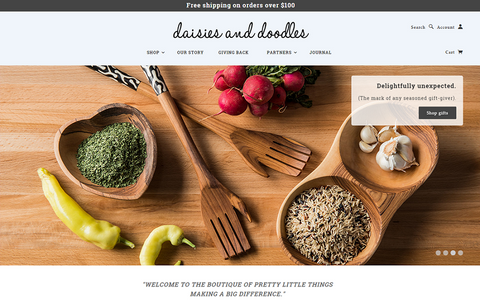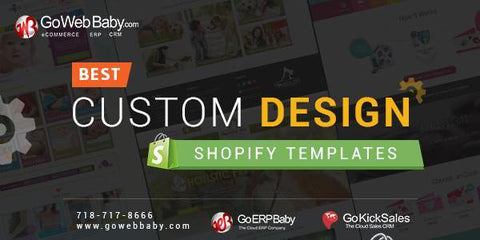Are you having online store and getting enough traffic but that traffic is not converting into buying customers? If yes, Then your ecommerce store is lacking in some simple yet effective design and usability elements. A few design elements changes can definitely increase your sales upto 150%. Below are 10 practices to help eCommerce websites to increase conversions by eliminating the exits for the customer during the checkout process. If people want to spend money with your ecommerce website let them do smoothly.
1. Don’t Make Your Customer Think, Design for your Masses.
A visitor has decided to make a purchase from your website and any kind of disturbance or even a slight issue can lead them to make the purchase at some other time or they may never (once distracted). So it is recommended to design for the majority. If most of your customers are male, and you have to capture gender info, pre-select ‘men’ and let the women pick the other option. If you only ship to the America, then don’t offer different choices for locations during address creation and country selection set the default to America. This kind of optimization in your web form offers ease for most of customers.
2. Add Specific Labels For All Entries In Your Form.
Only showing what is required to enter in an input field is not a recommended practice as your customer has no indication about what is to be entered once he gets inside the form field. It makes the form difficult to scan. Say for example if anyone wants to update their street address, if there is no general label 'street' and you have to look for the input field that has your street name entered inside it. Therefore, use clear labels for each form field. Placing a labels above the input field is the most logical position.
3. Avoid Contextual Words Like “Continue”.
Use words that indicates clearly what will happen in the next step. This will reduce doubt from your customer and will give them an idea to about where they are inside the checkout zone. Indicate clearly when a click leads away from your website to the specific payment gateway.
4. Support Sensitive Entries With Trust Symbols.
If you are capturing sensitive stuff like debit/ credit card, publish the necessary assurance about the safety of the information. It is a good idea in general to have some trust logo in your checkout. So while getting sensitive data always reinforce that trust also near those specific input fields.
5. Formating Fields Exactly The Real Way.
Most importantly for credit cards, list the choice for expiry date in the same way as it is displayed on the credit card. An appealing date widget is not clear to showing 2 drop-downs with month and year. This is more similar to how it appears on a credit card.
6. Form fields go in one column.
Research about usability studies has proved that forms easily executed when information can is entered from top to bottom. That too with out having to jump from left to right inside that form.
7. Billing address and Shipping Address Could be Same.
Your e-store should anticipate billing address to be same as shipping address. This point is similar or related to designing for the majority of customers as majority of your customers will have the same shipping address as their billing address, so its good to keep this as default otherwise customers can enter a different shipping or billing address.
8. Handle Errors Clearly.
If something erroneous happens, report it back very clearly. What went wrong and how the user can get rid of that on the spot? Indeed the message should be displayed closest to related form field. All the errors should not be displayed on the top , specially when a customer has scrolled down till the submit button. Always use a nice colour for the errors and what 'nice' means here totally depends on store’s colour scheme. Generally green should never be used for error messages. Red is a logical choice as long as it does not appears harsh to the visitors. Orange is a safe choice if you don not use it for buttons and text in your store.
9. Use known user information.
Pre-fill the forms with already known information about the customer. For example if the address is known from the previous checkout, use it again. If you know your visitors came in from a particular marketing campaign. Do not ask questions like 'how did you reached us'. Reward the visitors with an easy checkout as they have already given you their information.
10. Inform the users about delivery times.
If an estimated delivery time is not mentioned this could lead to checkout abandonment. Some people understand it but most of the customers want an expected delivery date at the checkout time. If you do not put across the delivery times on the earliest, At every step of checkout there is a risk that people may leave the checkout due to lack of information. If they can not find the information at all, they will probably do not visit your store again. At minimum, pass on delivery times in the checkout step where shipping methods are to be selected.







